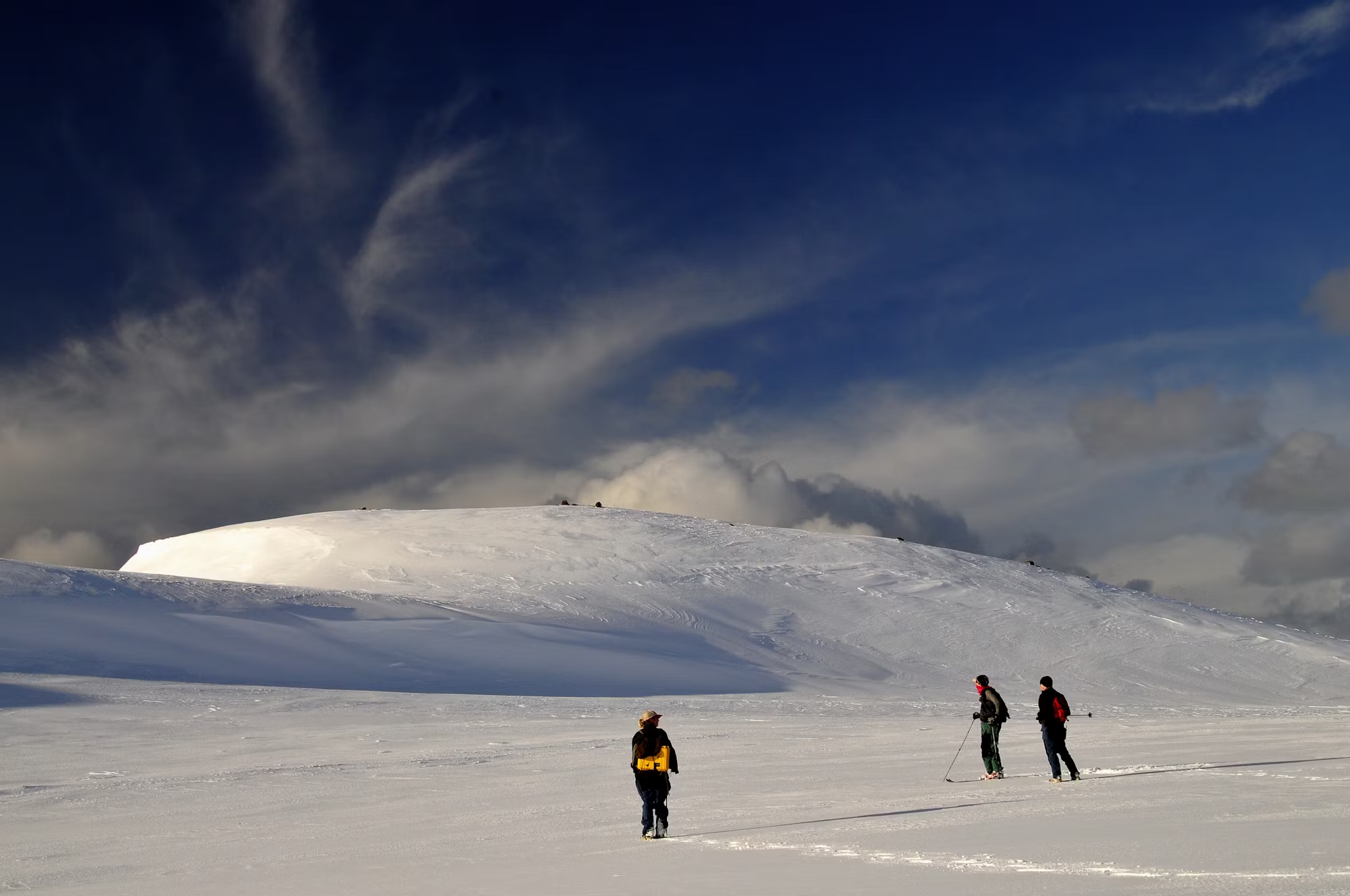Hiking is not just an activity; it’s a journey into the heart of nature, offering a unique blend of physical challenge, mental relaxation, and the opportunity to explore breathtaking landscapes. Whether you are a novice looking for a weekend adventure or an experienced hiker preparing for a multi-day trek, understanding the different aspects of hiking can enhance your experience. This article delves into various hiking techniques, trail types, and essential tips to help you get the most out of your hiking endeavors.
Understanding Hiking Techniques
Hiking involves more than just walking on a trail; it encompasses a range of techniques that can improve your efficiency, safety, and enjoyment. One of the foundational skills is proper foot placement. When traversing uneven terrain, placing your foot securely on the ground can help prevent slips and falls. Additionally, learning to read the trail can make your hike smoother; looking for signs of frequent use or natural pathways can guide your route.
Breathing techniques also play a crucial role, especially on steep inclines. Practicing rhythmic breathing can increase your stamina and help you maintain a steady pace. Inhale deeply through your nose and exhale through your mouth, matching your breath with your steps. This simple technique can transform your hiking experience, allowing you to tackle challenging sections with greater ease.
Another important aspect of hiking is understanding the use of trekking poles. While not necessary for every hike, these poles can provide stability and reduce strain on your knees during steep descents. Proper technique involves adjusting the poles to your height and learning how to use them effectively. Plant the poles in front of you as you step forward, using them to support your weight and maintain balance.
Types of Hiking Trails
Hiking trails come in a variety of forms, each offering different experiences and challenges. Understanding these types can help you choose the right path for your skill level and interests.
Scenic Trails
Scenic trails are designed to highlight natural beauty, often featuring picturesque views, waterfalls, and unique geological formations. These trails are typically well-maintained and suitable for hikers of all ages. Locations like the Skyline Drive in Shenandoah National Park provide breathtaking overlooks and gentle slopes, making them perfect for families or casual walkers.
Wilderness Trails
Wilderness trails take hikers off the beaten path, often leading to remote and pristine areas. These trails may lack significant markings, requiring good navigation skills. It’s essential to carry a map and compass or a GPS device to ensure you stay on track. The allure of wilderness hiking lies in the sense of adventure and the chance to connect with untouched nature.
Loop Trails
Loop trails are designed to take you in a circular route, allowing for a more diverse experience as you see different scenery on the way out and back. These trails can vary in difficulty but often offer a manageable distance, making them popular for day hikes. Loop trails, like the famous Lake Agnes Trail in Canada, provide the perfect opportunity to enjoy varied landscapes without retracing your steps.
Multi-Use Trails
Multi-use trails accommodate various activities such as hiking, biking, and horseback riding. These trails are usually wider to allow for different types of users, and they can be found in both urban parks and rural settings. While enjoying these trails, it’s important to be aware of your surroundings and yield to other users when necessary.
Essential Gear for Hiking
Having the right gear can significantly enhance your hiking experience. While the necessary items can vary depending on the trail and duration of the hike, there are some essentials that every hiker should consider.
Footwear
Proper footwear is crucial for comfort and safety. Hiking boots or shoes should provide adequate support and traction, especially if you plan to hike on rocky or uneven terrain. When selecting footwear, consider the fit, cushioning, and water resistance, especially for hikes in wet environments.
Clothing
Layering is key when it comes to hiking attire. Dressing in layers allows you to adjust your clothing based on changing weather conditions. Start with a moisture-wicking base layer, add an insulating layer, and top it off with a waterproof shell if necessary. Don’t forget to wear a hat and sunglasses to protect against sun exposure, and choose breathable fabrics to stay comfortable.
Backpack
A good backpack should fit comfortably and have enough space to carry your essentials. Look for features like padded shoulder straps, adjustable waist belts, and multiple compartments for organization. Make sure to pack enough water, snacks, and a basic first aid kit. A hydration system, such as a water bladder or bottles, can help ensure you stay hydrated on the trail.
Navigation Tools
Always carry navigation tools, including a map and compass or GPS device, especially when hiking in unfamiliar areas. Familiarize yourself with the route before you go, and consider downloading offline maps in case of poor reception.
Safety Considerations
Safety should always be a priority while hiking. Here are some key considerations to keep in mind:
Plan Ahead
Before setting out, research your chosen trail. Check for trail conditions, weather forecasts, and any required permits. Inform someone about your hiking plans, including your expected return time. This precaution ensures that someone knows where you are in case of an emergency.
Stay on Marked Trails
Whenever possible, stick to marked trails to avoid getting lost and to minimize your impact on the environment. Straying off the path can lead to damaging delicate ecosystems and puts you at risk of getting lost.
Be Mindful of Wildlife
While hiking, you may encounter various wildlife. Observing animals from a distance is important; feeding them can alter their natural behavior and create dangerous situations. Familiarize yourself with local wildlife and know how to respond to potential encounters, particularly with bears or other large animals.
The Benefits of Hiking
Hiking offers numerous benefits that go beyond the physical exercise. Engaging with nature can improve mental well-being, reduce stress, and foster creativity. The rhythm of walking and the beauty of natural surroundings provide a therapeutic experience, allowing for reflection and mindfulness.
Additionally, hiking encourages social connections. Whether you’re hiking with friends or joining a group, shared experiences in nature can strengthen bonds and create lasting memories. Many communities offer organized hikes, providing opportunities to meet fellow outdoor enthusiasts and share in the joy of exploration.
Conclusion: Embrace the Journey
Hiking is a versatile and rewarding activity that invites individuals to explore the great outdoors at their own pace. By understanding the various types of trails, mastering essential techniques, and equipping yourself with the right gear, you can enhance your hiking adventures. Embrace the journey, and allow nature to inspire and rejuvenate you. Whether you seek a peaceful escape or an adrenaline-filled challenge, there is a trail waiting for you to discover. So lace up your boots, grab your backpack, and set out on your next great adventure.


